Rila Monastery of Saint Ivan Rilski is perhaps the most notable symbol of Bulgaria, being a haven and flame of hope for Christianity since the 10th century, respected by the Ottoman Empire, Russia, and many other countries, as evidenced by the many gifts the monastery received from these places throughout the centuries. It was meant to be a sanctuary for the hermits, but it became perhaps the most visited tourist site. Right now, there are eight monks living there and eighty staff members working there. There are many guest rooms that could be reserved for an overnight stay at a modest cost. However, the reservation had to be done over the phone in Bulgarian during a designated hour in the afternoon, or people could reserve it on site, but we wanted to be sure of our itinerary and didn’t try it this time. As a staying guest, one could walk along the corridors blocked from the regular visitors, and one would get to experience the quiet night to immerse in the atmosphere. Maybe we’ll try it in the future.
The oldest structure at the monastery now is the Hrelja’s Tower built in the 14th century. Despite the respect from the officials, the community needed to defend the monastery from robbers, et. al. and the tower could serve as a fortress.
When we visited the icon’s museum, the portraits of the previous priests since the 19th century were exhibited there, too. It struck me that many of them served for a very short amount of time, some for less than a year, and most of them served for only a few years. I don’t know if such quick transitions were a norm and I am curious what they would choose to do after stepping down.
The fall color was at its best when we got to Rila Monastery, and the view along the road was spectacular. We’ve read posts online saying that at the back of the monastery, there was the best Mekitsi in town. Mekitsi is a kind of frying dough made out of yogurt, milk, yeast, flour, egg, oil, salt, etc. We didn’t need to look for where it was, as the long queue that was visible from the back door of the monastery led us straight to the right place to buy it. People could splash powdered sugar on Mekitsi, but even without sugar, it was a tasty snack.
On our drive down the hill, I saw a man gazing towards the rock front across the road. Following his gaze, I could see two animals there, and initially I thought that they were two rather big dogs, but then I noticed that they had horns! Their horns had a slight curve pointing upward, and they must be goats! The rock front didn’t have much of a foothold, but the goats were known for climbing impossible rocks. We were driving and couldn’t just stop to see them for longer. It was a nice sighting of some more wild animals.

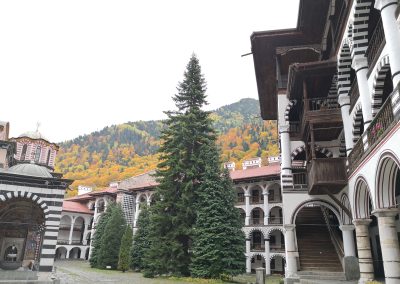
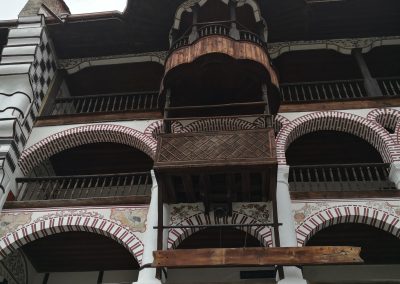



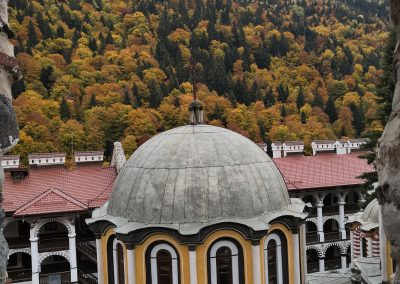


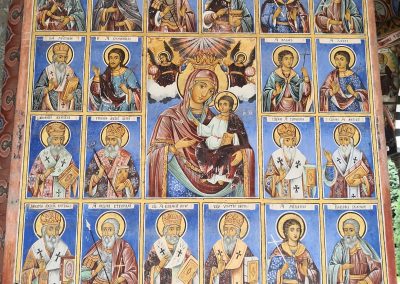
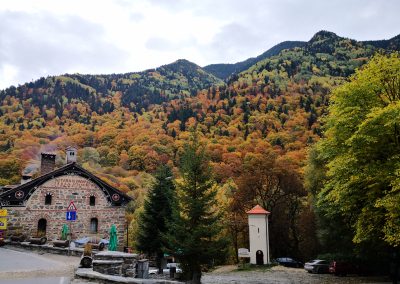
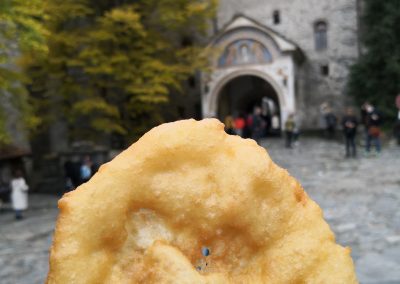
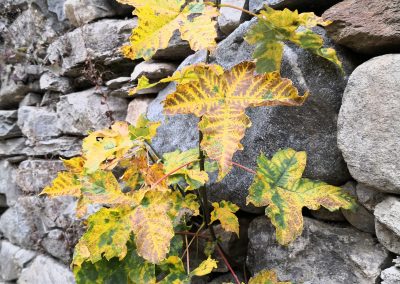

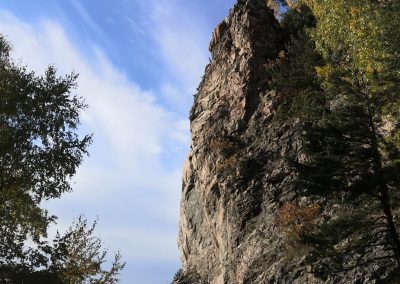

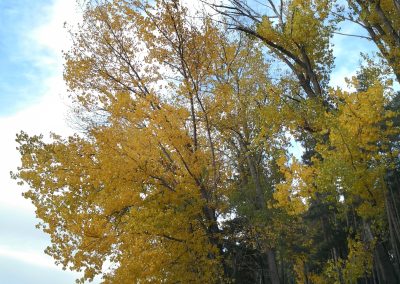
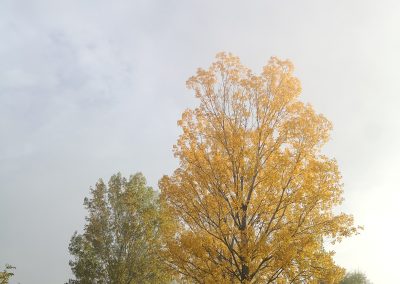
Recent Comments